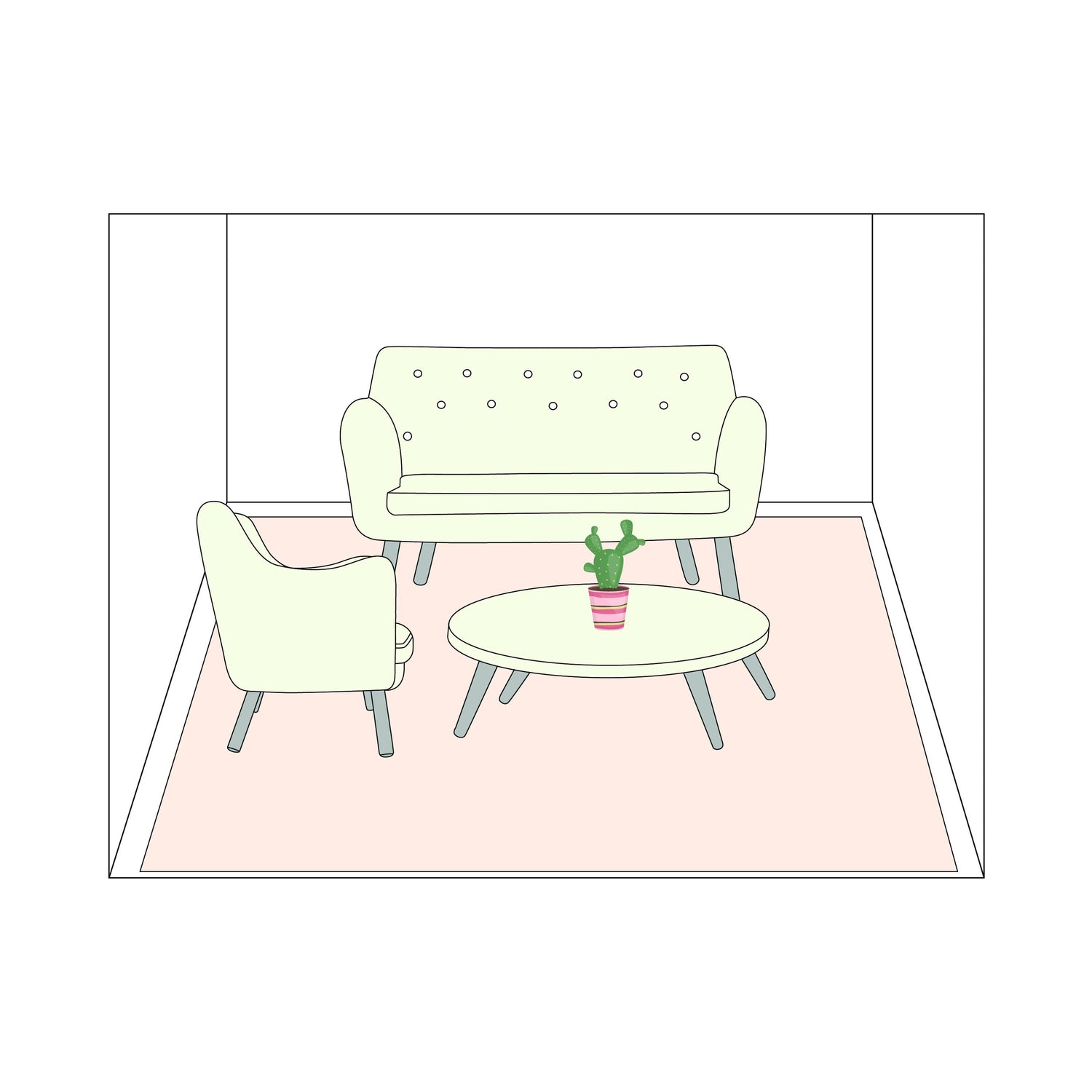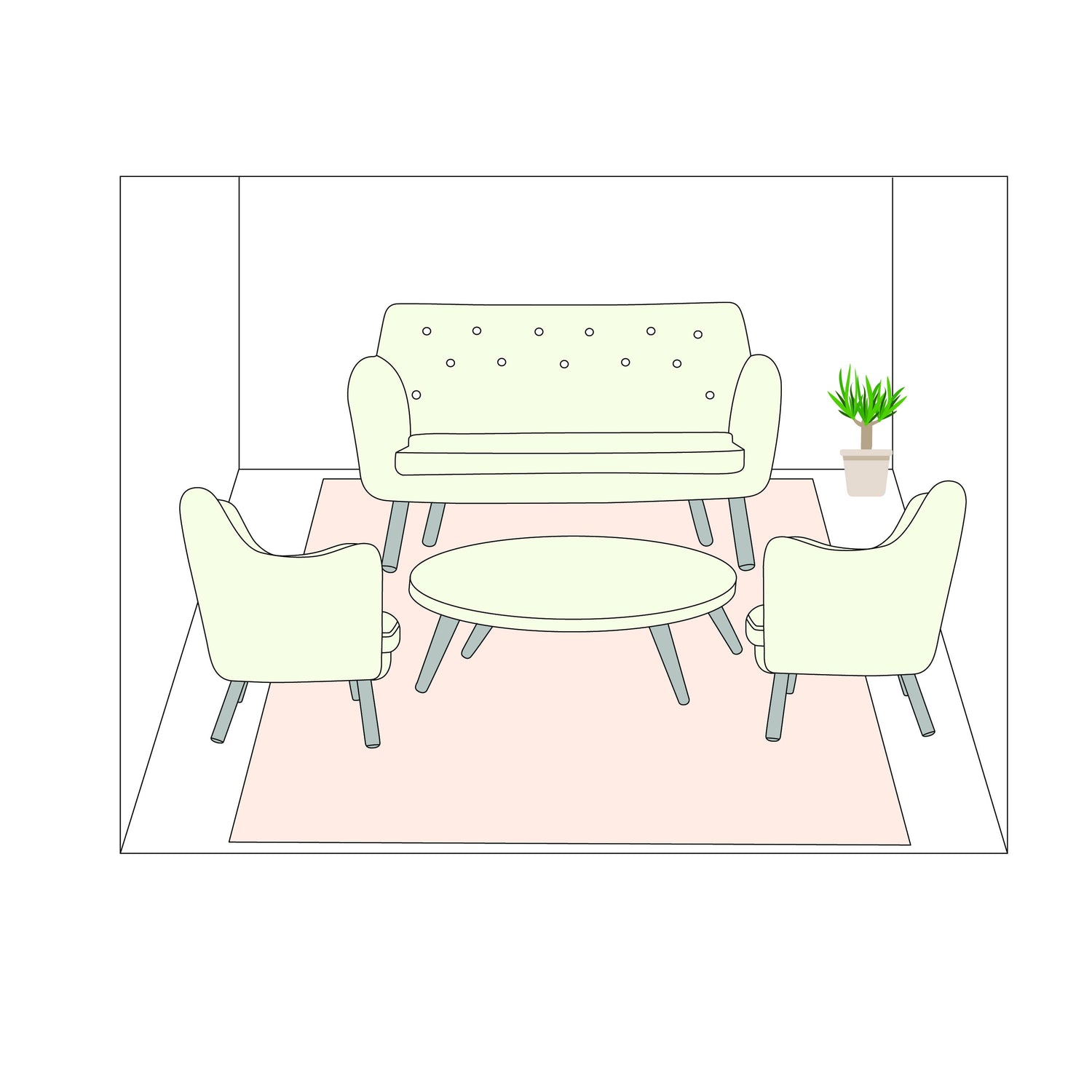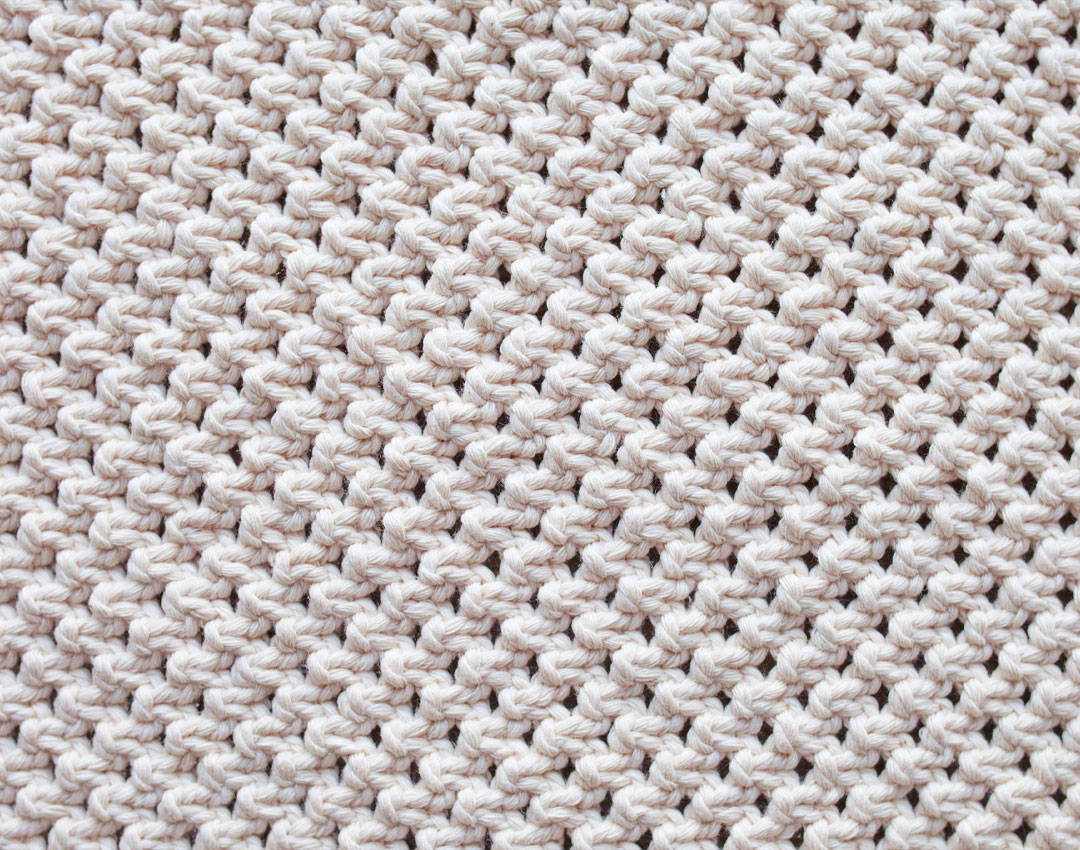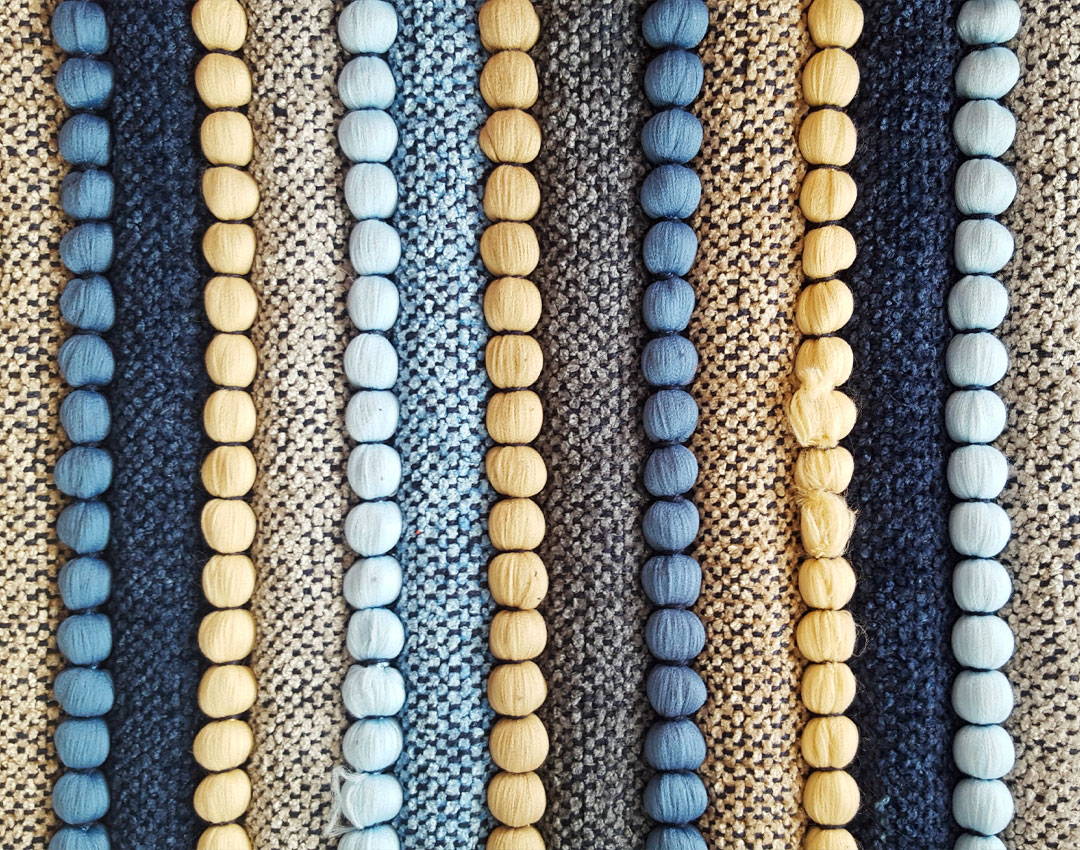Wool
Wool is a traditional rug material known for its longevity and it can be used in a number of different ways to create different textures or softness. This type of material is both hard wearing and resilient to high traffic areas, making it suitable for family homes and regular use.
Cotton
This might not be the first thing that springs to mind when it comes to rug material, but it can be a great fabric to use as a rug. It is not only soft, it’s hard wearing too and perfect for tightly woven designs. Cotton rugs are perfect for patterned designs and they are affordable too particularly when combined with other materials.
Jute
A jute rug is one that will create a more rustic feel due to its thick woven material. It is rugged and will blend well with cotton to create an appealing, contrasting colour design.
Hemp
Beige in colour, this material is woven and created with a cotton backing to support the weave. Hemp rugs are a hardwearing choice for any room.





